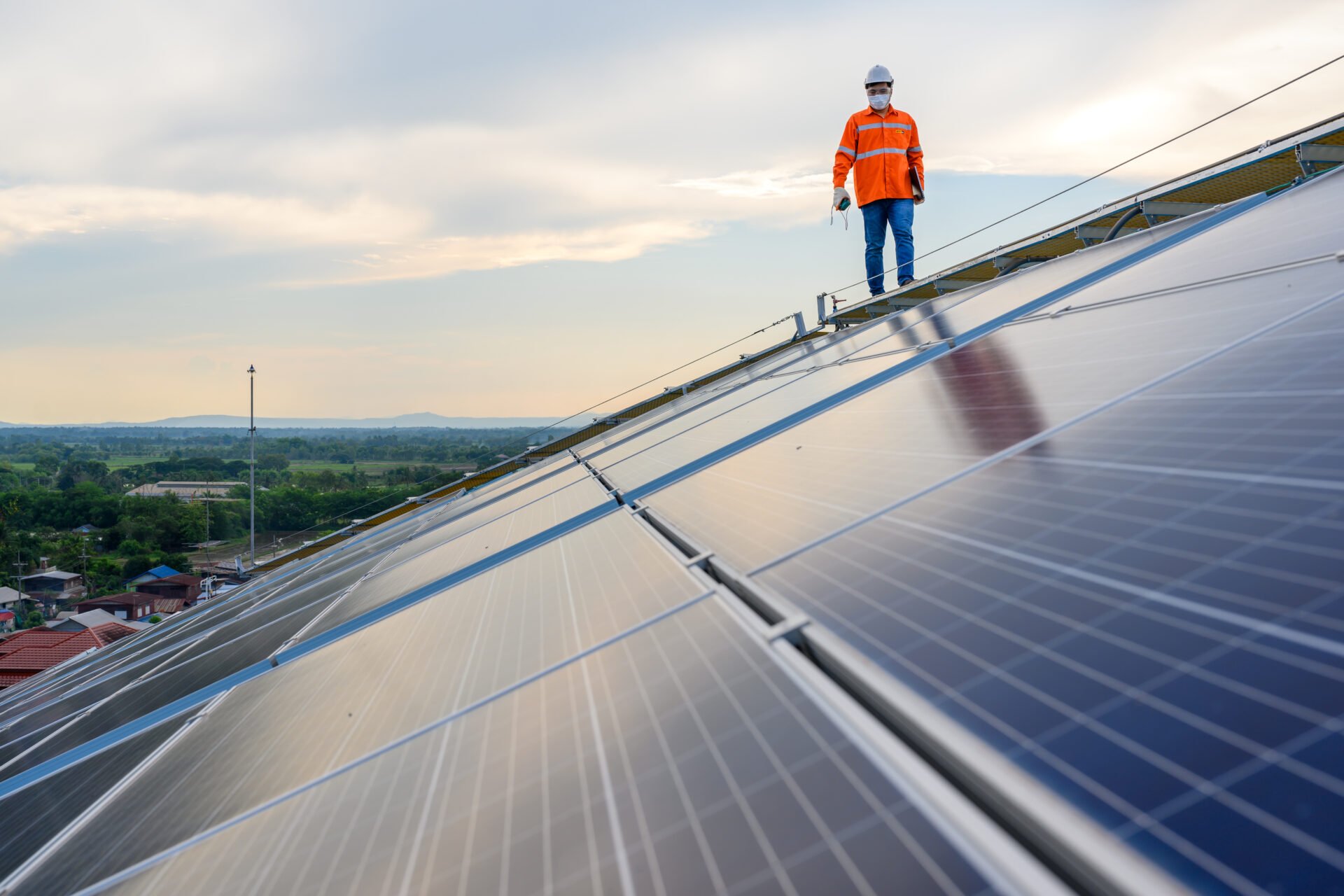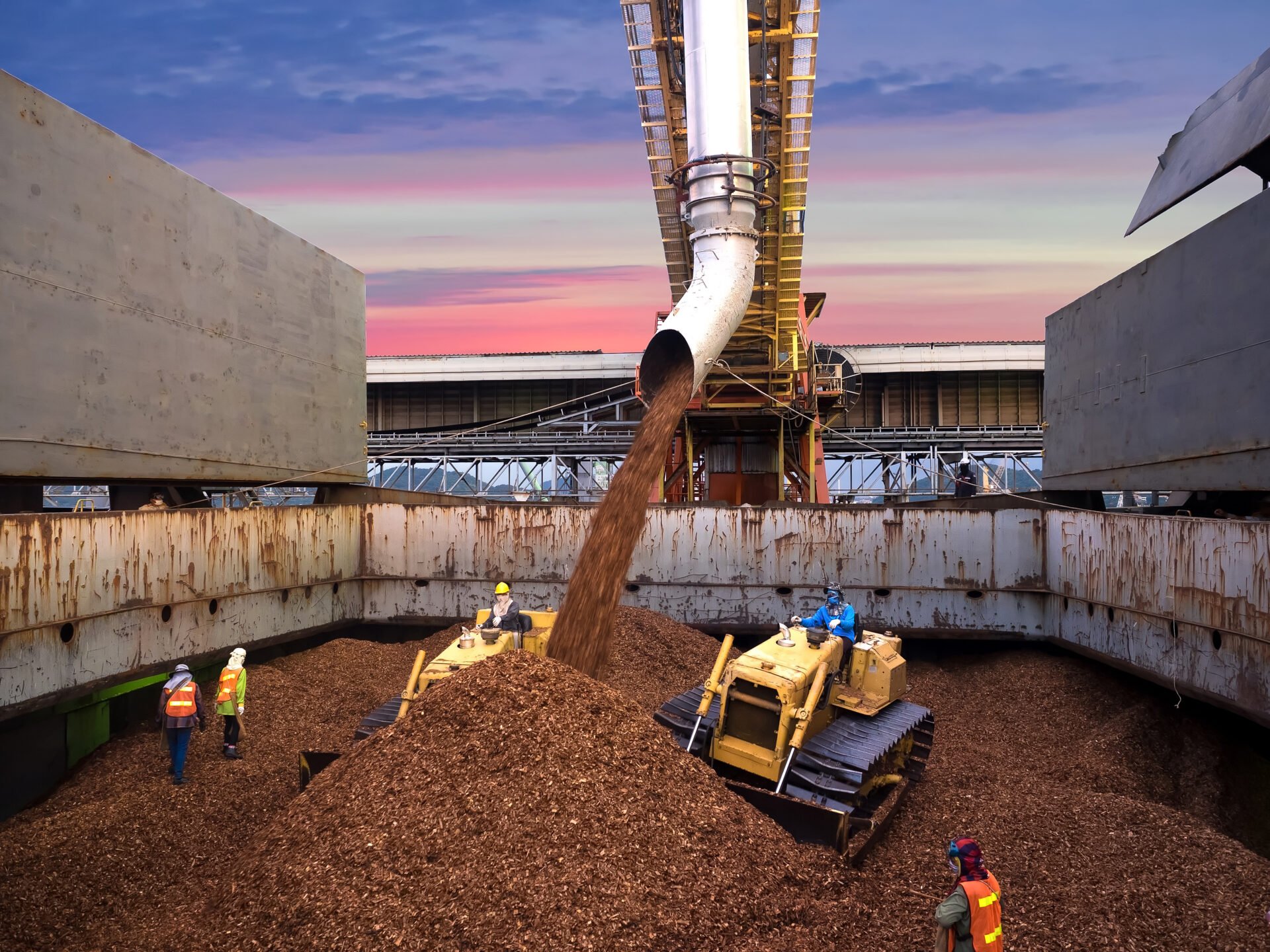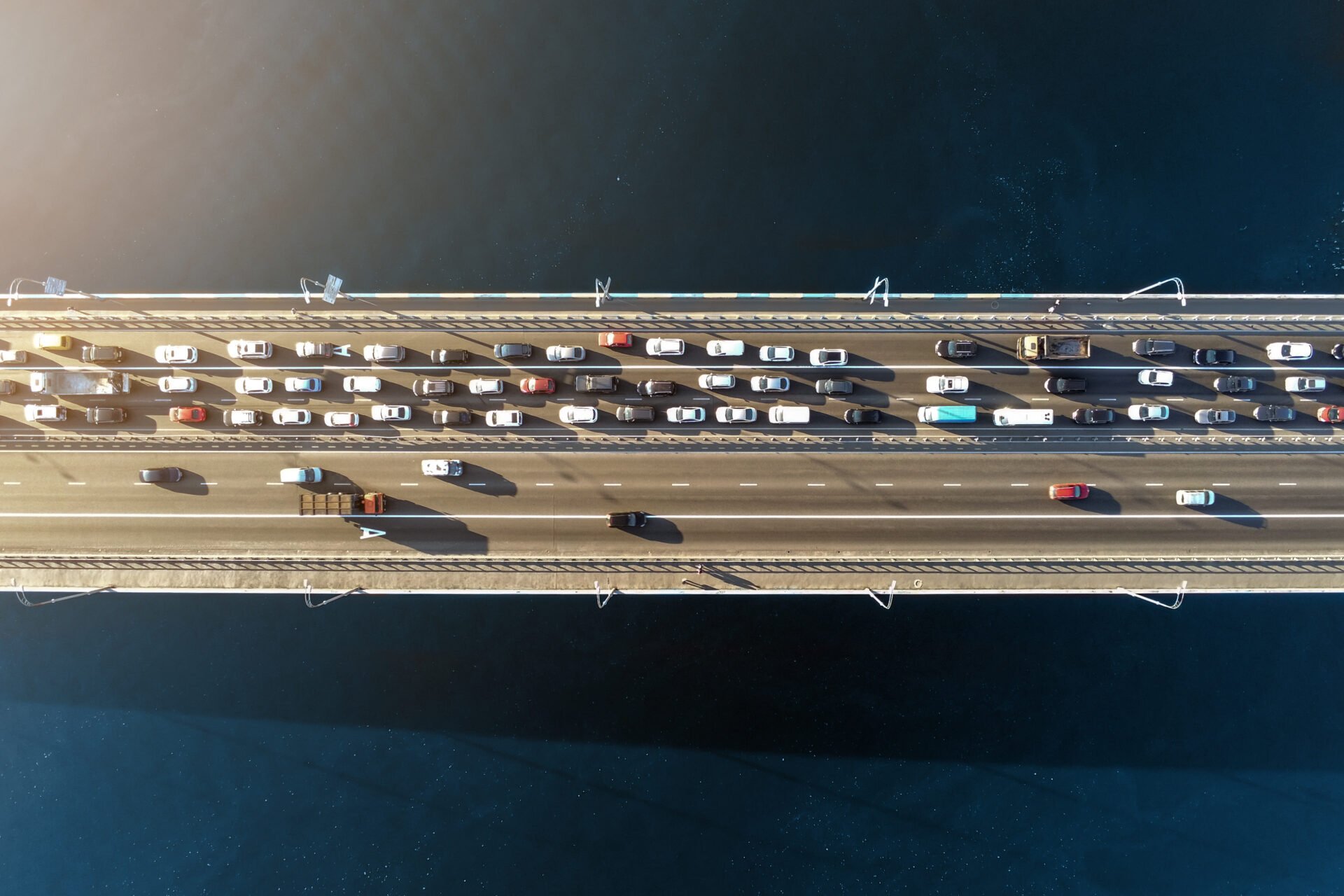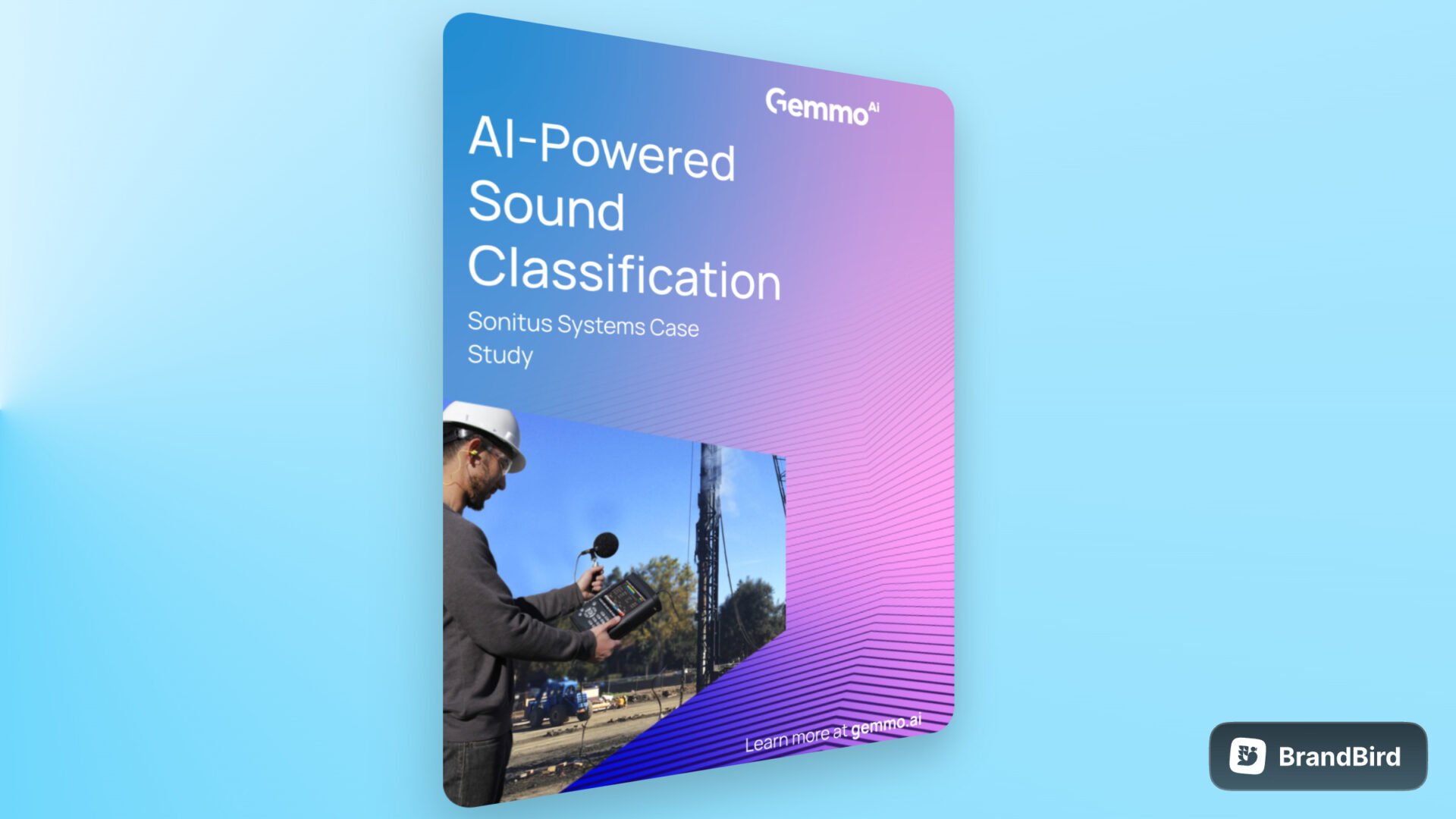Machine Learning in Environmental Monitoring
Machine Learning is becoming especially relevant in the fight against climate change....

The role of artificial intelligence in environmental monitoring systems has been ever increasing in recent years. Machine learning is especially relevant in the fight against climate change. The onslaught of pollution, amongst other environmental concerns remains one of the world’s most pressing issues.
In this article, we’ll look into the application of machine learning in environmental monitoring systems and why it is so important.
What is Environment Monitoring & Why is it Important?
The process of environmental monitoring indicates an assessment of the environment. Specific tools and techniques measure a series of parameters to determine the quality of the environment, such as noise levels and water quality, and the impact that human activities have on it.
The results of this analysis provide a risk and impact assessment report. The main objective is to manage and minimise the impact of an organisation’s activities on the environment. Either to ensure compliance with laws and regulations or to minimise risks of harmful effects on the natural environment.
Even before the threat of climate change became pressing, monitoring the environment has been important. AI has a significant place in environmental conservation and monitoring. Machine learning can assist in identifying and mitigating environmental damage before it becomes permanent.
It does this by offering real-time data on environmental conditions. AI algorithms, for instance, can be used to examine satellite photos and identify environmental indicators such as deforestation and changes in land use.
From this understanding of how the environment works, societies are able to plan better, such as anticipating the coming of a storm or correctly identifying when the weather will shift. However now, with the issue of climate change, it is imperative to improve the process of monitoring the environment and to react more effectively to drastic changes.
Role of AI in Environmental Monitoring
The technology behind environmental monitoring has evolved significantly over the last couple of decades. Previously, the majority of the technology and engineering used revolved around the usage of sensors and specialised observational tools.
Today, these tools are paired with smarter devices that fall under the Internet of Things (IoT). These devices are essentially wired into the internet and can therefore be controlled remotely in real-time. IoT tools are also paired with AI, meaning they have machine learning algorithms embedded into them.
Data captured by IoT device sensors from a wide variety of environmental conditions can be integrated via the Wireless Sensor Network (WSN), a cloud-based environmental system. In this way, the devices can record, characterise, monitor, and analyse elements in a specific environment.
AI for Air Pollution Monitoring
Historically, air pollution has been one of the most visible markers of climate change. So much so that articles and news coverage have gone viral of cities like Beijing and Mumbai covered in a thick fog of dark smoke. In this area, AI can also be applied. In fact, in recent years it has become invaluable in monitoring the levels of air pollution.
By analysing the measurement data derived by modern, low-cost sensor devices, AI can assist in extending the worldwide air pollution monitoring network. Using a combination of IoT monitoring devices and ML forecasting algorithms, there is potential to bridge gaps in monitoring. Through examining the gathered data, machine learning can be used to forecast pollution patterns in real time.
AI can forecast human health and air pollution by identifying patterns in vast volumes of data. They can then use those patterns to inform all decision-making.
AI can contribute to early warning systems for dangerous air pollution, therefore preserving human health. This could be incredibly useful for policy-making and introducing interventions.
Moreover, if cities across the world can coordinate their findings, we can have a global view and see which locations are struggling to reduce their air pollution. Cities can also share best practices that might be applicable to the circumstances of different cities.
AI for Noise Pollution Monitoring
Noise pollution is not often thought of as a factor in climate change. However, it still remains a significant problem, especially in large cities and urban areas. According to National Geographic, the effects of noise pollution can negatively impact both the health of society and wildlife.
AI can be extremely helpful in monitoring and reducing these effects of noise pollution. Environmental monitoring systems, lea by machine learning, can differentiate between various sounds. Such examples include aircraft noise, from which machine learning algorithms. can gather insightful information about the effects on nearby communities.
AI-enabled sensors and microphones are able to identify sound waves, distinguish between various sound kinds, and find patterns and abnormalities in sound data that are hard for people to notice.
This implies that much more accurate and trustworthy data are gathered by sensors and microphones that are driven by AI. Machine learning makes it possible to monitor factors in real-time, enabling prompt action to be taken in the event of excessive noise levels.
As such, the application of AI to addressing noise pollution shouldn’t be a surprise. In fact, we at Gemmo AI, have developed an API to address this issue for one of our clients. In essence, AI algorithms paired with IoT can be trained to assess the nature of the noise, pinpoint the sources, and reveal at which point the noise becomes dangerous.
Provided this insight, companies can tweak their practices and governments and local authorities can set guidelines to be followed by companies.
AI for Water Pollution
By analysing vast volumes of data, identifying trends, and making judgements based on those findings, artificial intelligence can be used to monitor and forecast water pollution. For instance, Ordnance Survey and CGI have created a satellite AI model that uses location data to forecast and identify pollution events.
In water resource management, machine learning can help cut costs and minimise environmental impact while reducing or eliminating waste. Water use will be decreased with the aid of AI-driven localised weather forecasting.
In 2021, a team of researchers at the University of Sterling developed a new ML algorithm that improves the remote monitoring of bodies of water. The algorithm has been trained to underline the quality shifts in water caused by either climate change or pollution.
The algorithm takes a meta-learning approach. Taking advantage of data gathered by satellite sensors, this approach provides environmental and industrial companies with an easier means to monitor the environment.
In the management of water resources, machine learning can also assist in cutting costs and minimising environmental effects. It can also be incredibly effective in helping to reduce or eliminate waste. Water use can be decreased with the aid of AI-driven localised weather forecasts.
Overall Benefits of AI in Environmental Monitoring
To summarise, the overall benefits of machine learning in environmental monitoring cannot be denied. Machine learning algorithms can detect anomalies or deviations in environmental data, which could indicate unusual events or potential hazards in the environment with remarkable speed.
The timely implementation of mitigation measures and timely intervention are made possible by the early detection of such anomalies. Seasonal variations, climatic trends, or species behaviour are just a few examples of the complex patterns that machine learning makes possible to identify in environmental data.
This ability helps to understand the underlying factors influencing environmental processes and makes it easier to predict future patterns with accuracy.
Last Thoughts on Environmental Monitoring
Artificial intelligence in environmental monitoring solutions is one of the many applications of machine learning in the fight against climate change. The use of machine learning has a number of possible long-term advantages. AI has the potential to minimise waste and optimise energy usage, which can lower greenhouse gas emissions.
AI can further be used to track and forecast changes in the environment, which will improve our comprehension and management of environmental problems. It can also track and forecast weather patterns, which will help preparation for extreme weather events and lessen their effects on society and the environment.
AI can assist in lowering carbon emissions across a range of industries. It can also be used to optimise building energy consumption, cutting down on energy waste and carbon emissions.
Author: Michelle Diaz



